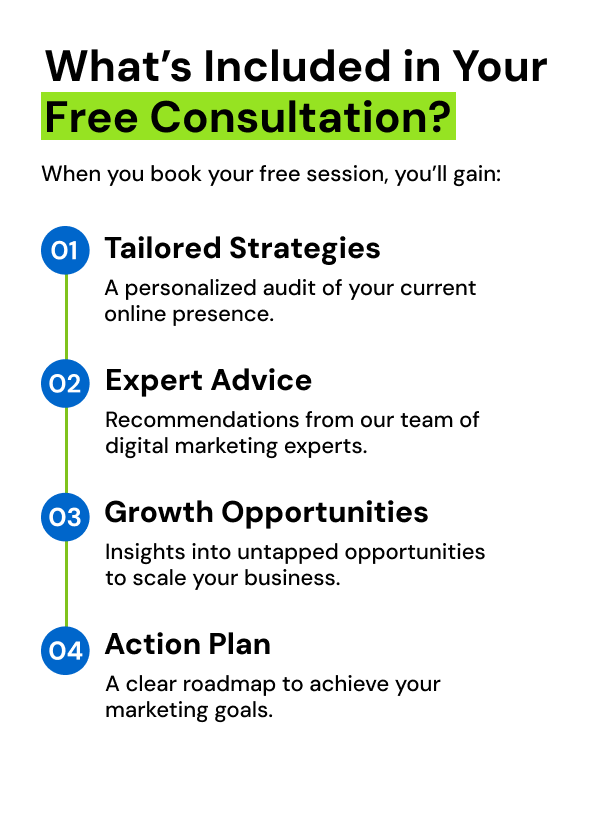The world of content creation is ever-evolving, with information becoming outdated and keywords fluctuating to rank and deliver results. Thus, the idea of the content gap is an inevitable truth that will persist and needs some solid analysis from time to time to remain relevant to the industry. A content gap analysis tool is all you need to stay ahead in the digital game by reflecting on the gaps in content and fixing them just on time.
It is needless to say, a successful online presence is a sum of greater content and an effective SEO strategy. Content is a bridge that links businesses to their probable customers, and so relevant and engaging content is believed to be the foundation of a successful customer relationship. The content gap analysis process is designed to dig out the discrepancies in your existing content and the needs of the industry. The process includes examining the existing content, comparing it with the competitor’s content, and gauging the audience’s perspective for areas of enhancement.
What is a content gap, and why is it essential to identify it?
In simple words, content gaps can be identified as topics that customers are looking for but are not available on your website. The idea is to stay relevant to the demands of the industry and the audience by identifying the gaps in your content strategy and meeting them on time.
Although content gap analysis seems like a lot of hard work, the results are worth the effort, and you must check them out:
- By eliminating content gaps, you can improve the site’s ranking in the search engine results.
- Help you to connect better with the audiences and help build a connection by offering them what they are looking for.
- An effective content gap analysis helps increase on-site time and reduce bounce rates, eventually increasing the conversion rate and more sales.
Why is it important to address content gaps?
We have identified some reasons that may explain the relevance of content gap analysis in maintaining the digital presence of your website. Here are the following:
Ensuring trustworthiness and website authority: In the digital space, it is very essential to maintain the credibility and trustworthiness of the website to remain relevant. Content gap analysis helps to address the content gaps and deliver accurate and insightful content. The gap analysis gives you the scope to fill the gaps proactively with proper information that will encourage repeat visits and brand loyalty. This ensures sustainable success in the competitive industry.
Comprehensive information helps enhance the user experience: Content gap analysis looks into enhanced user experience with relevant information and content. When a website is tailored with appropriate content and beneficial information, it experiences long-term website success and witnesses visible growth in audience engagement.
Boosts organic visibility and traffic: The most important aspect of SEO is to augment the digital presence and visibility. However, in doing so, the content gap analysis plays the most significant role by identifying the gaps and comparing the competitive landscape of the content strategy.
Key Steps in Content Gap Analysis
We assume by now you have understood the relevance and importance of content gap analysis in SEO strategy, let’s find out the steps to include while conducting a content gap analysis efficiently:
- Set clear objectives: The best way to achieve effective results in content gap analysis is to set defined goals that will promote effective content creation and a proper SEO strategy. A simple object will help boost website traffic, boost sales, and improve brand awareness.
- Content analysis: Analyzing the content of the website can be conducted in two steps:
- Working with existing content: Cataloging all the existing content to identify the void, redundant contents, and areas of enhancements. With a detailed idea of the content repository, you can augment, modify, and align the content based on audience expectations.
- Finding out the strengths and weaknesses: Apart from working on the existing content, it is also essential to enhance the current content based on industry standards and requirements. You can tailor the efficacy of the current content for relevance, performance, and engagement. This will further help to bridge the content gap by enhancing the underperforming content and fine-tuning the content strategy. The content gap analysis allows us to introspect the content strategy according to audience preferences, necessary alignments, and important refinements to meet the primary objectives.
- Knowledge of Competitive content: By having a clear understanding of the competitive content strategy and ranking and traffic of competitive businesses, you can achieve the same by:
- Using tools to identify the competitive strategy and ranking: You can implement the use of certain digital tools to discern the competitive strategy for identifying the keywords and search rankings of competitors. This will help to understand the content gaps and areas that need improvement to amplify the content reach.
- Identifying the missing content formats on your site: By identifying the missing content formats on the website, you can enhance and diversify the content strategy to remain relevant. Besides, incorporating the missing formats helps to heighten engagement and ensure that the content remains contemporary.
- Analyzing the opportunities with keywords: Broaden your content’s engagement and reach out to a diverse spectrum of audiences by strategically using unexplored keywords. Bring a niche to your content strategy by resonating with the industry and audience’s expectations by combining keyword research tools with competitor scrutiny. Besides, targeting competitive keywords can generate valuable traffic in the SEO landscape.
How to implement the findings from Content Gap Analysis?
The next step toward a successful digital identity is to implement the findings from the content gap analysis. We have listed certain factors to consider while implementing the findings from content gaps:
- Craft new content for the identified gaps: You can start by creating content that is tailored to meet the identified gap in the content strategy. Recognizing the areas of information scarcity and catering to the same with specialized content can help to reach out to probable customers. This approach will help to enhance user experience and improve brand presence.
- Making existing content more comprehensive: Another way of implementing the best practices in your content strategy is by revisiting the existing content and refining it for contemporary requirements. The target should be to enhance the content with substance and clarity so that it finds its place in premier spots in the results.
- Using contents in varied formats: Another tried and tested approach is to repurpose the contents for versatile formats in order to cater to different audience purposes. You can choose from popular formats like videos, infographics, etc. By using the content across several platforms, you can expand its traffic and reach a wider audience.
- Monitoring the updated content: Finally, you can use the analytics to track the impact of the revised or updated content. This will help in making data-driven decisions to cater to the audience’s preferences.
Final word
The content gap analysis with SEO-specific tools can help engage more audiences and enhance the reach and traffic of the site. Content gaps are opportunities that can fix the gaps with competitor-based analysis and keyword research. Implement content gap analysis today and stay ahead in search results and audience engagement.







